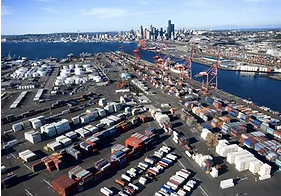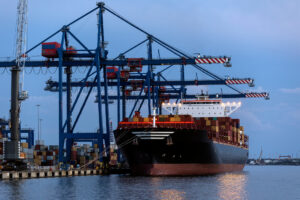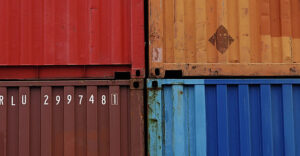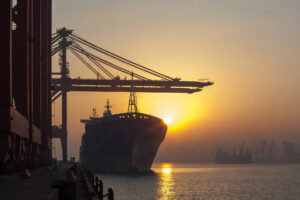CONNECTAINER PROJECT
There is nothing new in saying that the Maritime transportation have become the most important way of transportation in a globalized market since the creation of the container, named also as “box”. And, yes, this huge evolution have been possible thanks to the standarization that brings us the use of a simple “box”. But, what maybe the people not directly linked with logistic transportation don’t know is that, many times, most of the containers onboard the vessel are usually EMPTY.
643 MM of units were moved in 2013, and 134 MM of those ones were empties, that means a 21% of the total of movements of containers in a year. Every year, more and more units are moved, and the % of empty movements is proportionally increased.
The container unbalance is a question that affects most of the routes, in major or a lesser extent. We must emphasize the fact that this “irregularity” is causing a significant overcost to the shipping lines, economical and structurally talking, but, not only the shipping lines are affected by the “empty effect”, also the Terminals in hub transhipment ports could being collapsed during some periods, affecting their yard operative, and, by hence, their productivity.
Obviously, some routes are more prone to this situation than others, and shipping companies, who have lived this situation for many years, have adopted appropriate measures to minimize the impact that this situation causes them by optimizing the way of repositioning empty equipment to deficitary areas with the minimun possible cost. But shipping is not ruled by a mathematical algorism, so, sometimes, the planned operative should be adjusted due to external factors, or sometimes even due to a unexpected market change, bidding farewell to cost optimization.

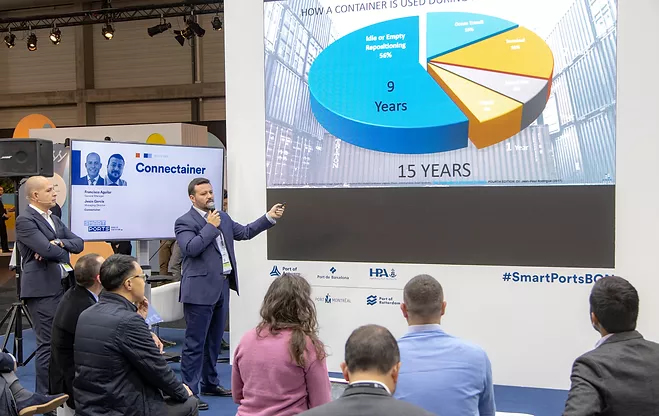
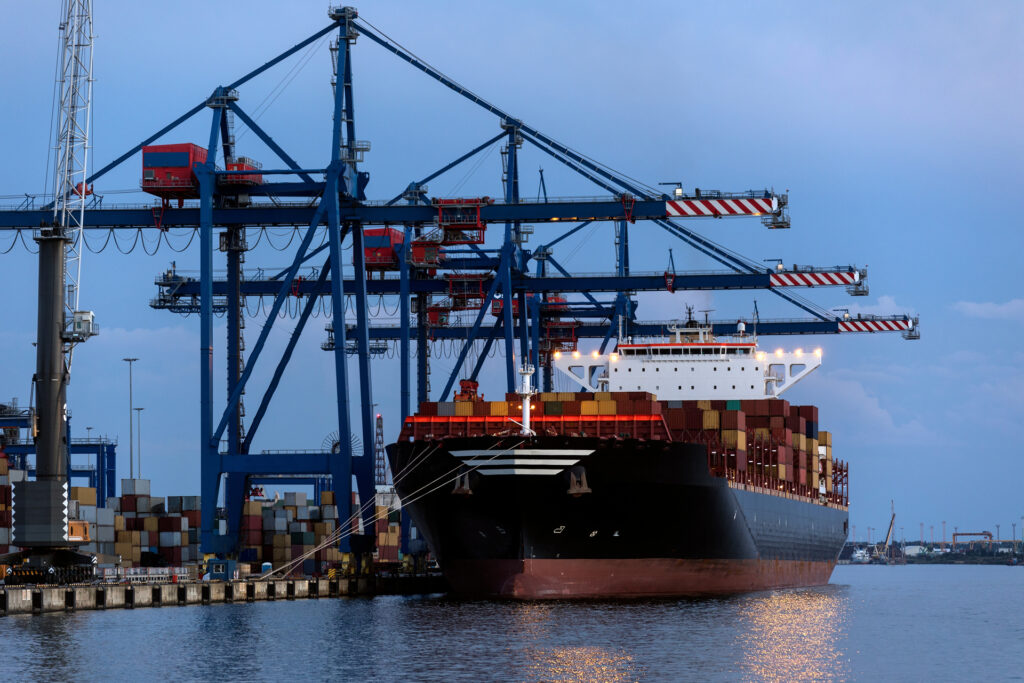
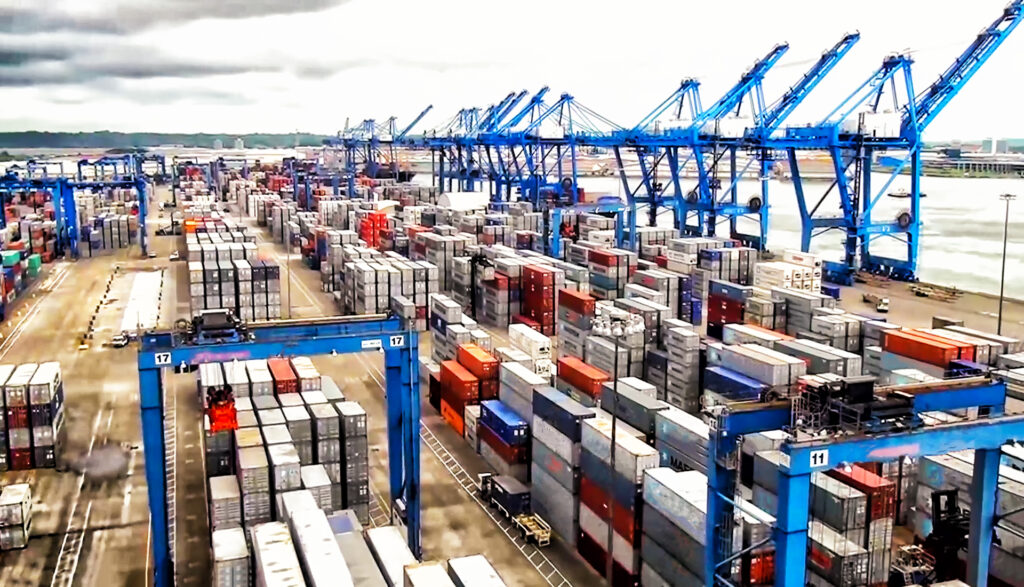
Which is the main reason for this irregular situation? We may consider the market characteristics as one of the facts that are motivating it. In a global world, different countries have different industries, with different commodities or products that are produced to cover the needs of other areas, and, at the same time, those countries needs other products from other areas to cover their own needs. This difference in the industry and, by hence, in the product characteristics, is the reason that obliges to use one or other type of container, motivating the unbalance. Unfortunatelly, market characteristics are hardly changing.
And, what would you think if we tell you that there is something new that could change this escenario, by giving the chance of having the equipment that you need in every area without the obligation of repositioning the equipment? This is one of the advantages of new CONNECTAINER project, which have as main target to let the shipping companies to take the decision of use the equipment in the areas in which they are suffering this problem, avoiding as much as possible the empty equipment movement, and reducing this cost as much as possible.
This idea has recently been patented and consists of join two containers of 20 feet or 20 feet high cube to form a 40-foot or 40-foot high cube, practically respecting the current capacity of a 40 actual feet of these characteristics, both in size and capacity. And the best thing is that this idea is based on the evolution of the container, without changing the rest, same dimensions and capacity, within a new concept.
Our aim is to have NO MORE EMPTY CONTAINERS in the vessels.

